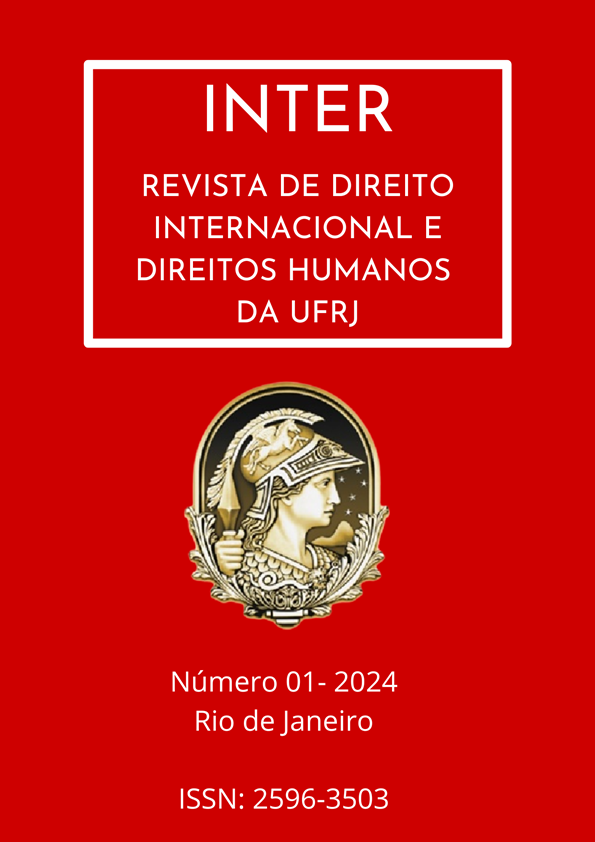THE NEW INTERNATIONAL CATASTROPHE LAW: a brief introduction
Resumo
When thinking about catastrophes, the idea that first comes to mind is related to scenarios of volcanic eruptions, earthquakes and tsunamis, major floods on a regional scale or devastation caused by hurricanes, i.e. images of the destruction of human environments by sudden and extreme geological or atmospheric phenomena. However, there are a number of catastrophe scenarios[1] that are produced by actions taken by the human species, many of them resulting from economic crises, armed conflicts and pandemics.
Situations such as those described (catastrophe scenarios) directly affect aspects that are currently regulated by international law, such as human rights, the environment, economic development and others. It is no coincidence that there are a number of international legal norms that touch on this issue.
However, because there is no branch of international law that deals specifically with catastrophe, it is clear that they are presented in a fragmented way, i.e. they are not enshrined as a harmonious whole that is capable of preventing/minimizing catastrophes (guaranteeing preventive mechanisms/instruments); protecting the rights inherent to the human person and the corresponding assistance to victims during catastrophes; and also helping the affected state to recover when a catastrophe strikes.
In order to present the idea of the existence of a specific segment in the international legal system dealing with disasters, it is imperative to analyze the meaning of the expression. In addition, it is also interesting to look at the concept of disasters, since the expressions (“catastrophes” and “disasters”) often have the same meaning.
It should be pointed out, by the way, that doubts and confusion are common, because when the terms are used in everyday language (vernacular), they are generally presented as synonyms. It is no coincidence that studies formulated in the field of legal doctrine, which set out to address a theory of disasters, end up using the terms disasters and catastrophes indiscriminately.
In this sense, Carvalho, in promoting this approach (disasters) in the field of environmental law, adopts the line set out above and uses the two expressions as if they portrayed the same thing:
A so-called disaster law presents itself as a contemporary reflection of humanity's constant quest to control the uncontrollable. This process of humanity observing disasters has three clear moments of rationalization. Firstly, disaster was seen as a divine phenomenon, a manifestation of the fury of the Gods. In a second moment, catastrophes, especially natural ones, came to be seen as a demonstration of the greatness of nature's devastating power, against which man could do very little. Finally, in the contemporary era, disasters, even those called natural, are described as phenomena that, although somehow triggered by natural events, only reach the status of disasters when fueled by socially (re)produced vulnerabilities[2]. (free translation)
However, although the terms have some similarities, it is understood, for the purposes of this study and along the lines of a specialty to be discussed in the field of international law, that they have different meanings in legal terms, as will be shown below.
Downloads
Publicado
Edição
Seção
Licença

Este trabalho está licenciado sob uma licença Creative Commons Attribution 4.0 International License. Os autores concordam que não serão devidos direitos autorais ou qualquer remuneração pela publicação dos trabalhos.

